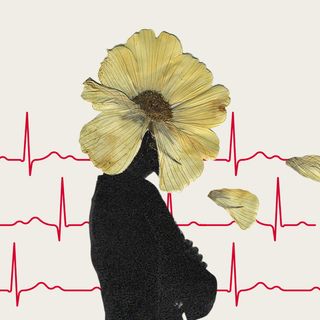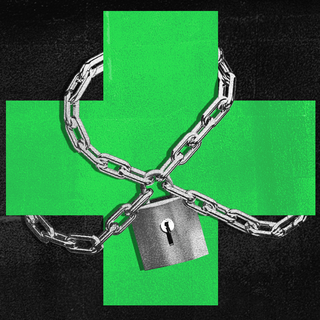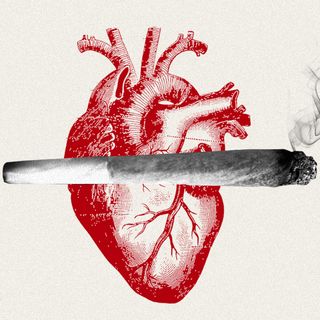Ecstasy, Molly, MDMA — the synthetic drug is known by many names. Commonly used as a “party drug,” ecstasy has been proven to have therapeutic uses too; be it to reduce alcohol addiction relapses or act as a psychotherapy catalyst in treating Post-Traumatic Stress Disorder (PTSD). Unfortunately, the drug also has an infamous reputation for causing significant dips in mood and energy — called “comedowns” or “Blue Mondays” — that may very well last up to a couple of days after its “high” has worn off.
However, according to a new study published in the Journal of Psychopharmacology, the comedowns-related notoriety of the drug may be entirely unfounded. The findings can completely transform the way scientists, and even Molly-loving party-goers, perceive it.
“Decreased mood or ‘comedowns’ have been commonly noted amongst recreational MDMA users. We hypothesized that these comedowns might be more related to the context that individuals take recreational MDMA in rather than due to MDMA itself,” said Jacob Aday, an experimental psychologist and postdoctoral researcher in the department of psychiatry at the University of California, San Francisco, who co-authored the study. Another way to put it is that the circumstances around consuming the drugs may influence how these side effects play out.
In order to ascertain whether extrinsic variables were indeed behind this, the researchers administered MDMA to the study participants in a controlled environment. Following the dosing sessions conducted by the researchers, the participants’ moods remained positive and didn’t undergo any significant fluctuations. In fact, according to Aday, “instead of a comedown, participants actually maintained a positive mood in the days after dosing.”
Turns out, it’s indeed the context in which the drug is generally consumed — like nightclubs, music festivals, or “rave” parties — that lends it a bad reputation.
Related on The Swaddle:
Many Indians Are Experimenting With Psychedelics, Other Drugs to Deal With Mental Health Issues
This makes sense: when people take MDMA recreationally, they overlap the use with alcohol and other substances. Moreover, “…it is often cut with other drugs by suppliers… dosages are highly variable, and it is regularly taken in nightlife settings where dehydration, overheating, and lack of sleep may lead to impairments in cognition and mood in the following days,” Aday explained.
An alternate framework endorses a more controlled use. Think using pure MDMA on a limited number of occasions only, staying hydrated, getting proper nutrition, and consuming it early enough in the day that its effect doesn’t seep into bedtime. In doing so, “risks can be reduced — although not eliminated,” as Aday noted.
The study shouldn’t, however, be taken as an encouragement to consume the illicit drug unsupervised, and without any forethought.“Because MDMA raises heart rate and blood pressure while people are under the drug, those with heart conditions may be at increased risk for a cardiac event… Additionally, individuals can be highly suggestible and vulnerable while under the influence of the drug, so it is important to take it in a safe context with trusted individuals,” Aday cautioned.
The exoneration of the drug’s side effects, though — in addition to its already proven therapeutic advantages — makes a case for funding more research to understand how MDMA can be used to effectively treat different mental health conditions. This proposition is, arguably, more relevant in present times — one where people are still coping with the mass trauma that Covid19 inflicted upon people across the globe.
As Aditi Murti wrote in The Swaddle in 2019, further research into the usefulness of MDMA in psychotherapy would also enable people to “not have to revert to unregulated use of MDMA for therapy, known as ‘underground psychedelic psychotherapy,’ which is dangerous, due to no proper scientific consensus on dosage, and illegal drug creation/procurement.”




